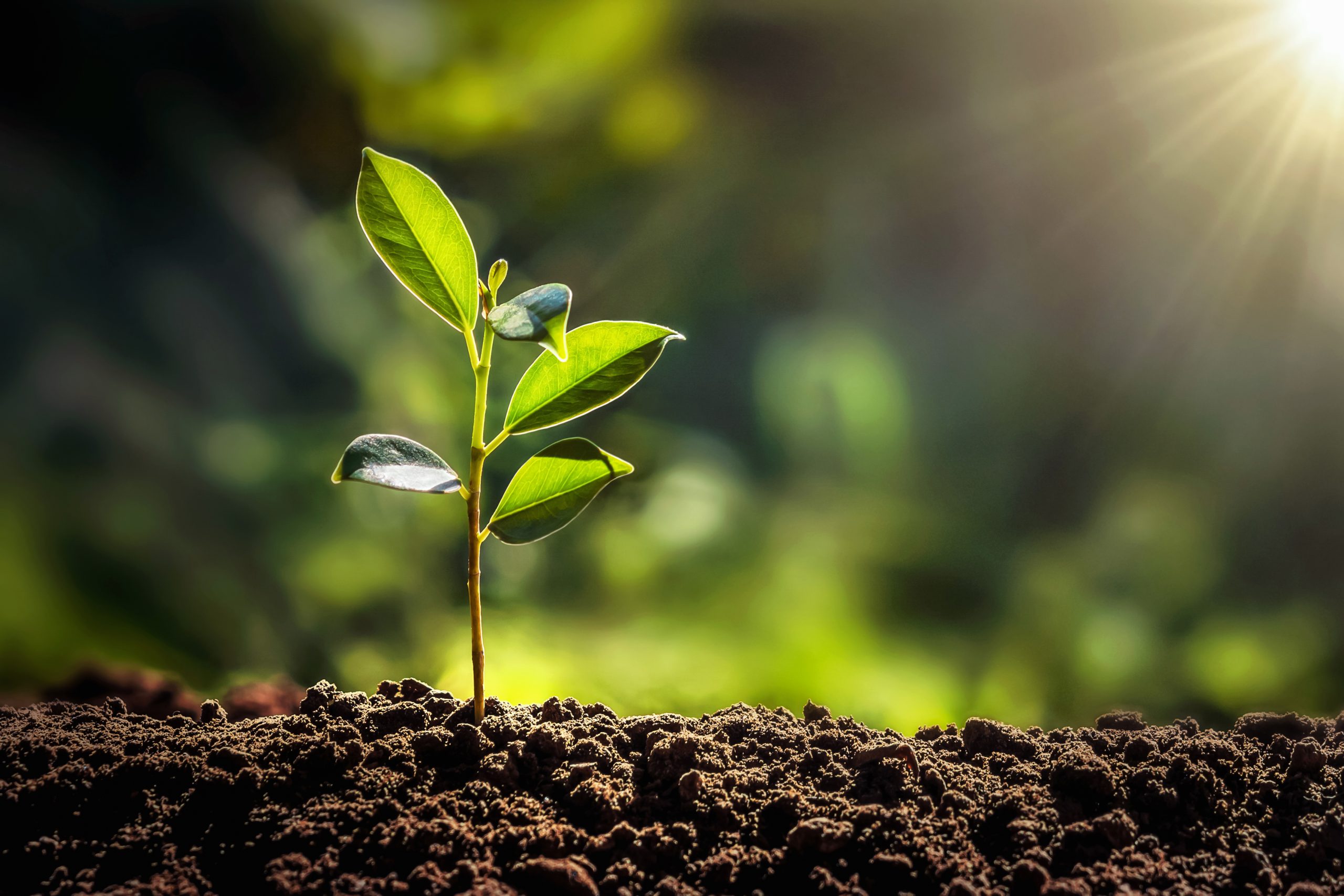Cool and Quirky Science Facts That Make You Go “Wow!”

Welcome to a world where science transcends textbooks and enters the realm of the extraordinary! This blog is dedicated to sharing the coolest and quirkiest science facts that are sure to make you go “wow!” Whether it’s the mysteries of the cosmos, the fascinating intricacies of biology, or the surprising properties of everyday elements, there’s always something new and exciting to discover.
Why do quirky science facts fascitate us so much? Perhaps it’s because they defy our expectations and challenge our understanding of the world. These nuggets of knowledge capture our imagination, inspiring a sense of wonder and curiosity. They remind us that science is not just a collection of dry data, but a dynamic and ever-evolving field that can astonish and delight us.
Curiosity is the driving force behind all scientific exploration. It encourages us to ask questions, seek answers, and delve deeper into the unknown. By nurturing our curiosity, we can continue to learn and grow, making new discoveries that enhance our understanding of the universe. So let’s embark on this journey together, exploring the marvels of science one quirky fact at a time!
The Wonders of Space
The universe holds countless wonders, and space never ceases to amaze us with its mind-boggling facts. Take neutron stars, for instance. Neutron stars are incredibly dense remnants of supernova explosions, packing more mass than our Sun into a sphere only about 20 kilometers in diameter. To put it into perspective, a sugar-cube-sized amount of neutron star material would weigh about a billion tons on Earth!
Then, there’s the fascinating fact about Saturn: despite being a massive gas giant, Saturn is so light for its size that if you could find a bathtub big enough, it would actually float in water! This is because Saturn’s density is only about 0.687 grams per cubic centimeter, which is lower than water’s density of 1 gram per cubic centimeter.
Lastly, consider the poetic truth that we are all made of stardust. The elements in our bodies, such as carbon, nitrogen, and oxygen, were forged in the nuclear furnaces of ancient stars and scattered across the universe when those stars met their fiery end. Essentially, the atoms that constitute our very being were birthed in the heart of stars, linking us intrinsically to the cosmos.
Mind-blowing Biological Facts
The biological world is teeming with creatures that showcase some of the most astonishing and mind-blowing facts. Let’s dive into the wonders of octopuses, tardigrades, and even human bioluminescence. Did you know that octopuses have three hearts and blue blood? Two of their hearts pump blood to the gills, while the third one circulates it to the rest of the body. Their blood contains a copper-rich protein called hemocyanin, which turns blue when oxygenated, providing efficient oxygen transport in the cold, low-oxygen environments of the ocean.
Now, consider the nearly indestructible tardigrades, often referred to as water bears. These microscopic creatures can survive extreme conditions that would be lethal to most forms of life, including intense radiation, extreme temperatures, and even the vacuum of space. Their resilience lies in their ability to enter a state called cryptobiosis, where they essentially shut down their metabolism and withstand harsh environments.
Finally, it’s fascinating to learn that human bodies can glow in the dark, exhibiting a phenomenon known as bioluminescence. Although the light emitted by humans is too faint to be seen by the naked eye, it results from biochemical reactions in which enzymes trigger the emission of photons. Many other creatures, like fireflies and certain species of fish and fungi, also produce bioluminescent light, using it for various purposes such as attracting mates, deterring predators, or illuminating their surroundings.
Peculiar Plant Facts
The plant kingdom is brimming with fascinating and peculiar facts that challenge our perceptions of flora. For instance, the Venus flytrap can count, a remarkable feature that aids in its predatory lifestyle. This carnivorous plant has tiny hairs on its lobes that trigger a trapping mechanism when touched. However, it only snaps shut after two hairs are touched within 20 seconds, ensuring it captures a living prey instead of wasting energy on non-nutritive debris.
Moreover, trees have their own intricate way of communicating through a network known as the “Wood Wide Web.” This underground fungal network connects the roots of trees and plants, allowing them to exchange nutrients, send distress signals about pests, and even share resources with struggling neighbors. Equally astonishing is the fact that some plants can recognize their siblings.
Research shows that they can differentiate between related and unrelated plants, adjusting their root growth patterns to avoid competing with their kin for resources. This remarkable ability ensures optimal resource sharing and supports the survival of closely related plants within a community, highlighting the complex social behaviors of the plant world.
Astonishing Chemical Facts
The realm of chemistry is filled with astonishing facts that boggle the mind and illuminate the hidden properties of elements and compounds. Take helium, for instance, which is known for its amusing voice-altering effect. When inhaled, helium temporarily changes the timbre and pitch of your voice, making it sound higher and squeakier. This occurs because helium is less dense than air, allowing sound waves to travel faster, thereby increasing the frequency of your vocal cords’ vibrations.
Another fascinating chemical fact involves gallium, an element that can literally melt in your hand. Gallium has a remarkably low melting point of about 85.6°F (29.8°C), just above room temperature. This unique characteristic allows it to transition from solid to liquid with the warmth of your palm.
Lastly, water, essential to life and often taken for granted, exhibits some of the most unusual properties. Unlike most substances, water is denser in its liquid form than as a solid, which is why ice floats. This anomaly is due to the hydrogen bonds in water, which create an open hexagonal structure when frozen, making ice less dense.
Additionally, water’s high surface tension allows it to form droplets and enables small objects, like insects, to float and move across its surface. These unique characteristics underscore the riveting complexity and marvel of chemical principles.
Conclusion
In this blog, we’ve journeyed through some of the coolest and quirkiest science facts that truly make you go “wow!” We explored the mind-blowing fact that a neutron star weighs a billion tons on Earth, and that Saturn, despite its immense size, can float in water due to its low density. We marveled at the octopus’s three hearts and blue blood, discovered the near-indestructible nature of tardigrades, and even learned that the human body emits bioluminescent light, invisible to the naked eye. We delved into the peculiar world of plants, uncovering the Venus flytrap’s counting mechanism and the “Wood Wide Web” that connects trees. Lastly, we were amazed by the quirky chemical properties of helium, gallium, and water.
This glimpse into the wonders of science is just the tip of the iceberg. There’s so much more to discover, and I encourage you to keep exploring and learning about the mysteries of our universe. Science is not just for the textbooks; it’s a fascinating journey of discovery that continues to amaze and inspire.
If you have your own favorite science facts or discoveries that have made you go “wow,” please share them in the comments below! Let’s keep the curiosity alive and inspire each other with the incredible wonders of science.
Thank you for joining us on this captivating journey through some of the coolest and quirkiest science facts that truly make you go “wow!” But the adventure doesn’t end here. If you found this blog post intriguing, there’s so much more science content waiting for you.
Subscribe for More
Don’t miss out on our future posts! Subscribe to our blog to get the latest and most fascinating science facts delivered straight to your inbox. From mind-blowing discoveries to everyday curiosities, we’re here to keep your passion for science alive and thriving.
Follow Us on Social Media
Stay connected and keep the excitement going by following us on social media. We share daily science facts, fun experiments, and latest discoveries that will continue to astonish and inspire you. Join our community of science enthusiasts and engage with us across various platforms!
Share the Wonder
Found this blog post amazing? Spread the knowledge! Share it with your friends and family, and let them also experience the wonder and excitement of these incredible science facts. Together, we can inspire a love for science and a deeper curiosity about the world around us.
—
Thank you for being a part of our science-loving community. Keep exploring, keep discovering, and always stay curious! 🌟




